The Bell P-63 Kingcobra first flew in December 1942 and was the successor to the Bell P-39 Airacobra. The Kingcobra featured significant improvements in design and performance but visually the most notable difference is the larger airframe and tail fin, along with the big four bladed propeller.

The Bell P-39 Airacobra and P-63 Kingcobra both featured a tricycle undercarriage, the unique cockpit car style doors (if the pilot had to bail out, they could be jettisoned by pulling a red lever in front of the door – otherwise they wouldn’t be easy to open in the airstream!) and a mid mounted engine behind the cockpit. The P-39 Airacobra lacked an engine supercharger though and suffered heavily in performance at high altitude. The Allison V1710 V-12 liquid cooled engine fitted to the P-63 Kingcobra resolved this issue with not only one supercharger but a second remotely mounted one, that could be engaged for extra power at higher altitude (apparently it wasn’t overly reliable though).
Although operated by the United States Army Air Force from October 1943, the P-63 was only deployed in combat during World War Two by the Soviet Air Force. The USAAF preferred the more powerful, reliable and significantly longer ranged Republic P-47 Thunderbolt and North American P-51D Mustang fighters. They were cheaper to build too!
3,303 P-63’s were produced between 1942 and 1945, of which 2,397 were supplied to the Soviet Union under the Lend Lease Act and ferried via the Alaska Siberia Route and Iran. The primary production series were the P-63A, C and E variants.
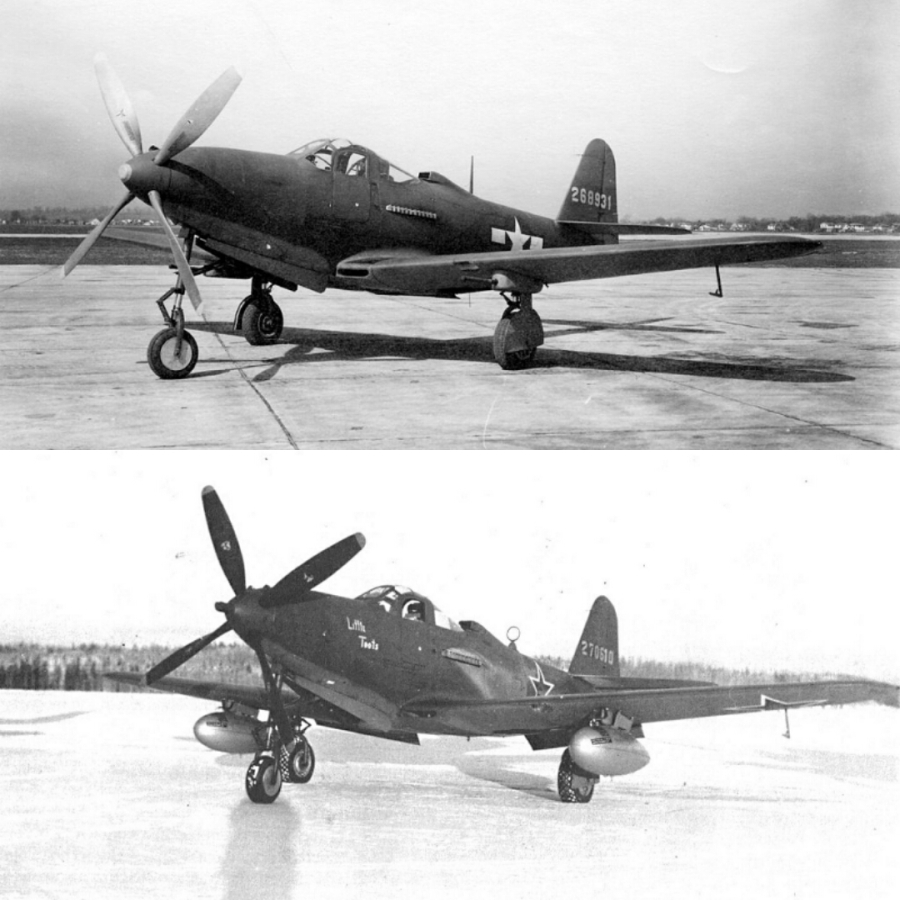
P-63’s saw service with the Soviet Air Force primarily in the Far East and were used in combat against the Japanese whom they declared war upon on August 8th, 1945. Noteable use of the P-63C Kingcobra included combat in the Manchukuo campaigns in Manchuria, on the Korean peninsula and missions flown by the 128th Composite Air Division during the invasion of the Kuril Islands. Although forbidden for use outside of the Far East under 1943 Lend Lease terms, it is rumoured Soviet P-63’s also saw combat against the Germans.The last Soviet P-63’s were not retired until 1953.
The Soviets were also the major operator of the P-39 Airacobra and praised the ruggedness and firepower of both aircraft types, which included a 37mm cannon firing through the propeller hub and a pair of nose cowl mounted 0.50 calibre machine guns plus another pair of 0.50 calibre guns in underwing gondolas (they could also carry underwing bombs and rockets). The Americans chose to operate the P-63A in stateside training roles and later to strip that armament out and use the Kingcobra in an important but unglamorous role in comparison to its grand name!

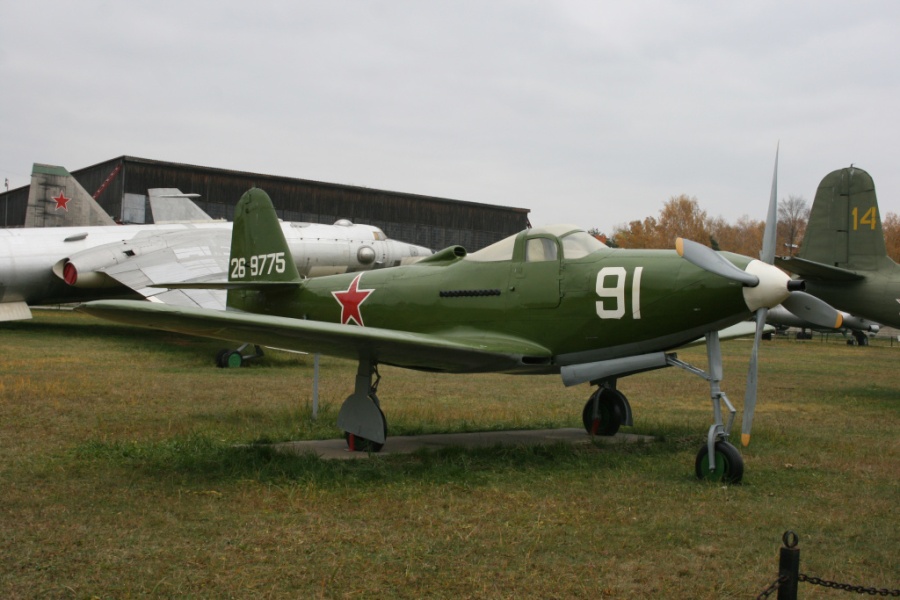
With the guns removed, painted bright orange, fitted with thickened cockpit glass and clad in extra armour plating, many of the poor old USAAF Bell P-63 Kingcobra’s were used from 1945 as piloted flying targets for bomber gunners who were firing special frangible bullets that would disintegrate upon impact! The intent was to simulate German fighters on the attack, to improve the aim of gunners headed for bombing missions over Europe.
These brightly clad Kingcobra’s, designated the RP-63, had sensors under the extra armour that would register bullet hits on a cockpit mounted counter. A red light mounted where the nose cannon used to be would light up every time the plane was hit, presumably to let the gunners know they had hit their mark (the pilot would also radio relay the score to the bomber crew)! Amusingly, as a result the RP-63’s became known as the “Flying Pinball Machine“!
300 aircraft were converted to RP-63 target aircraft (100 RP-63A and 200 RP-63C) – all were retired by 1948. 30 RP-63G “Pinball” aircraft were built in 1945 and 1946 as dedicated target aircraft and were fitted with lights along the fuselage and outer wings to indicate when target hits were made – they were in service until at least 1948.


Delivered too late to see combat service during World War Two, the French Air Force received 114 Bell P-63C Kingcobra fighters in 1945. They would go on to be deployed to Algeria and then be used in the ground attack role in French Indochina between 1949 and 1951, before being retired that same year (around 60 went to Indochina and apparently almost half of them were lost in action or due to accidents). The Honduran Air Force also operated 5 P-63E Kingcobra’s for a few years after World War Two.
Around 15 Bell P-63 Kingcobra fighters survive today and are mostly on display in museums or under restoration but 5 are airworthy and flown regularly in the United States (where most of the survivors can be found). The airworthy examples are 3 P-63A’s (s/n 42-68864 “Pretty Polly”, 42-68941“TEST” and 42-69080 “Fatal Fang”), a P-63C (s/n 43-11223) and the silver painted Commemorative Air Force P-63F which is a personal favourite of mine (when it comes to those car like cockpit doors, what’s not to like?)! It is always great to see these unique aircraft fly and I have managed to see 9 of the survivors to date.
The non flyers in the United States are a pair of P-63A’s (s/n 42-70609 and 42-70255 “Edyth Louise”), a pair of P-63E’s (s/n 43-11727 and 43-11728) and a “Pinball” RP-63C (s/n 43-11117) and RP-63G (s/n 45-57295). The other Kingcobra’s are located in the Honduras – a P-63E (s/n 43-11730), Russia where surprisingly only 2 survive – a P-63A and P-63C (s/n 42-68875 and 44-4011) and in the United Kingdom – a P-63C (s/n 43-11137). There are a few other incomplete airframes and a couple of postwar survivors have unfortunately been lost in accidents over the years too.

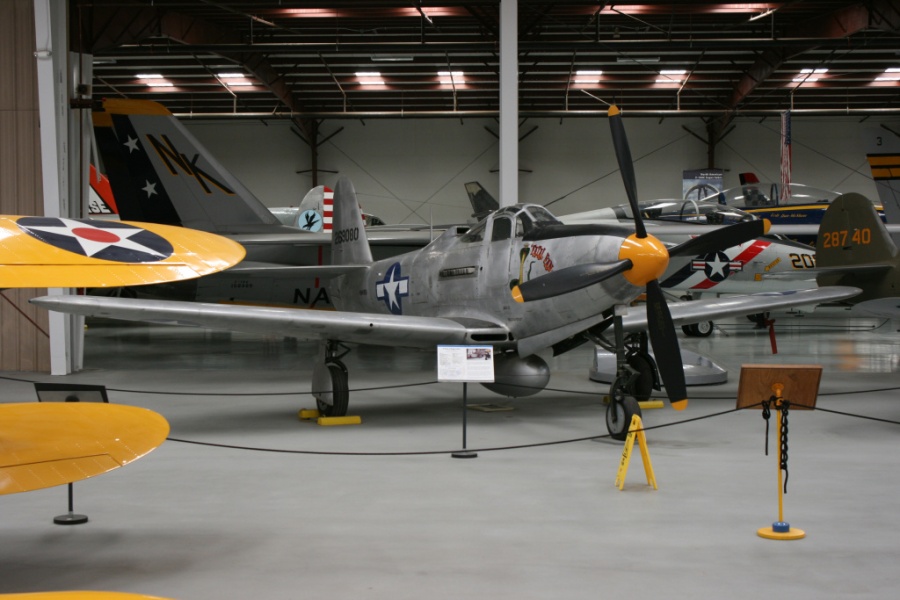
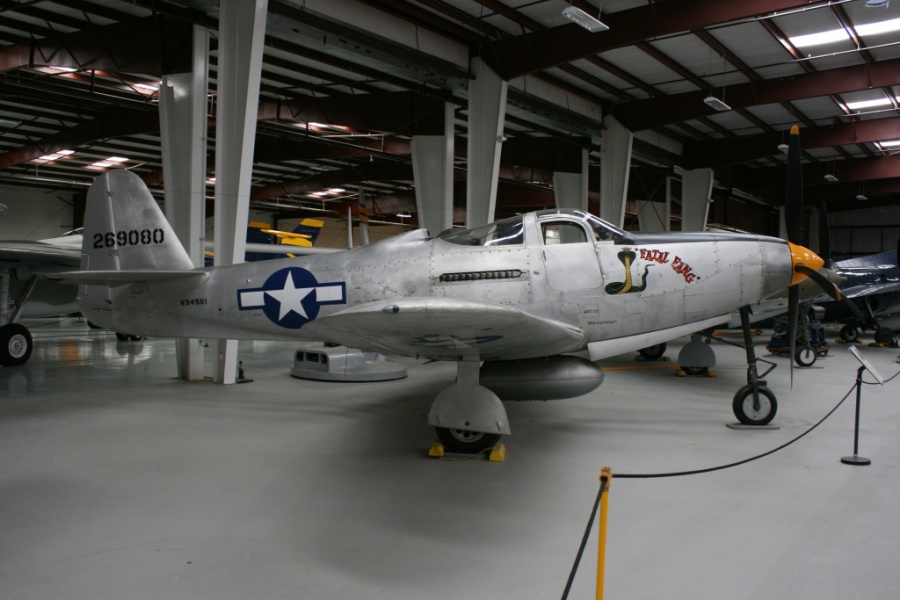

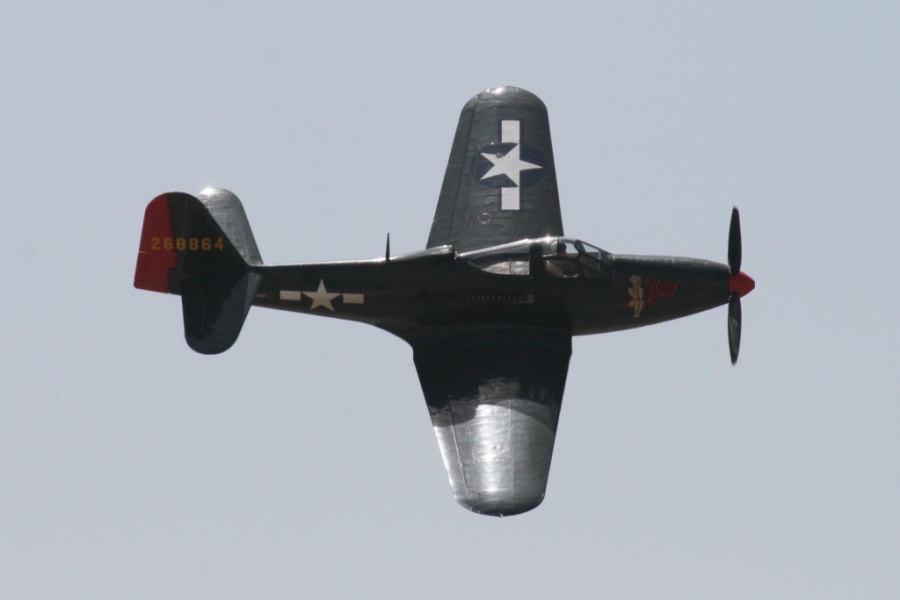
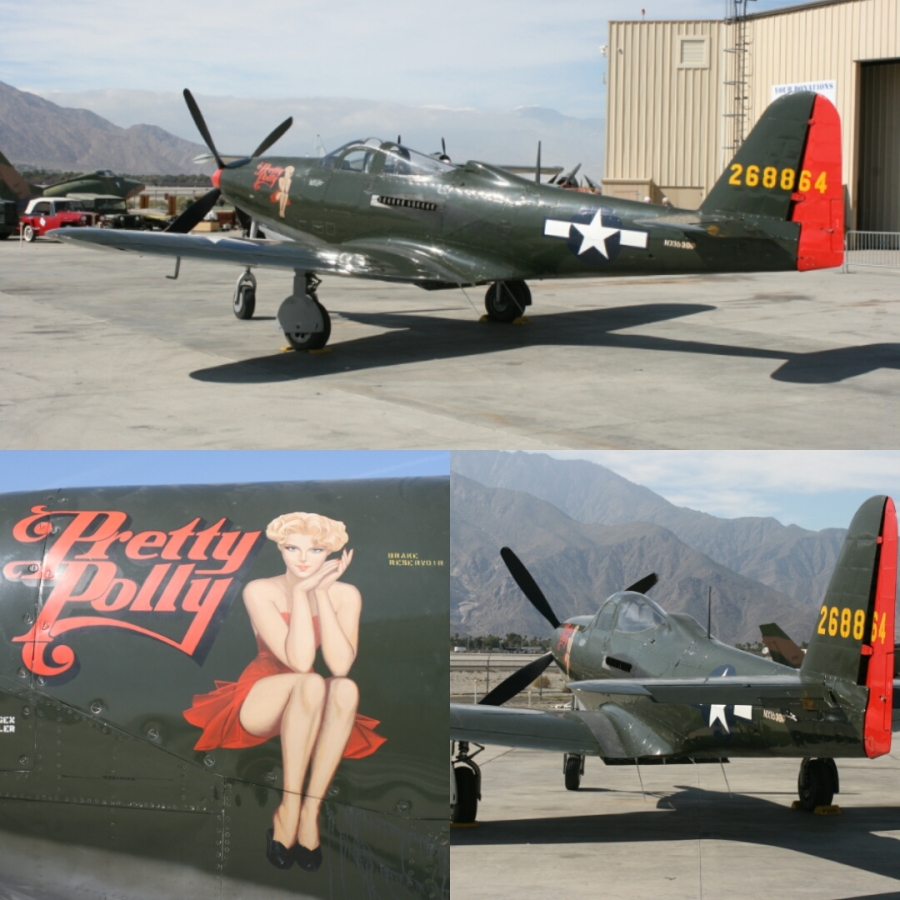

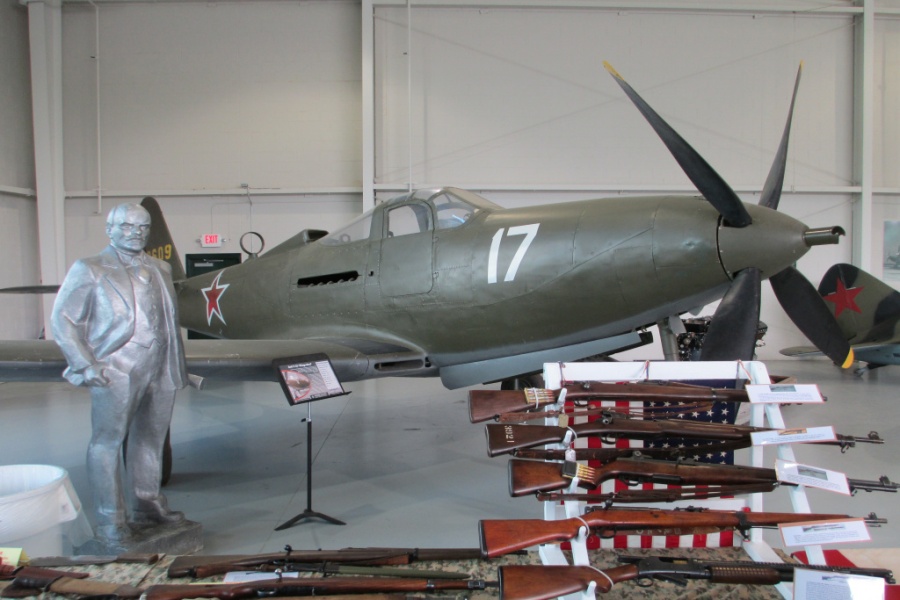




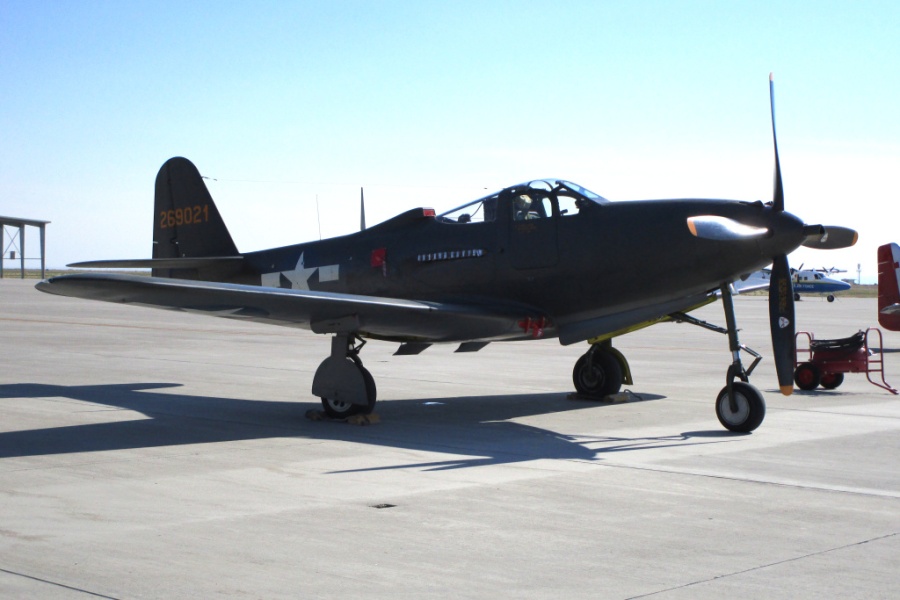




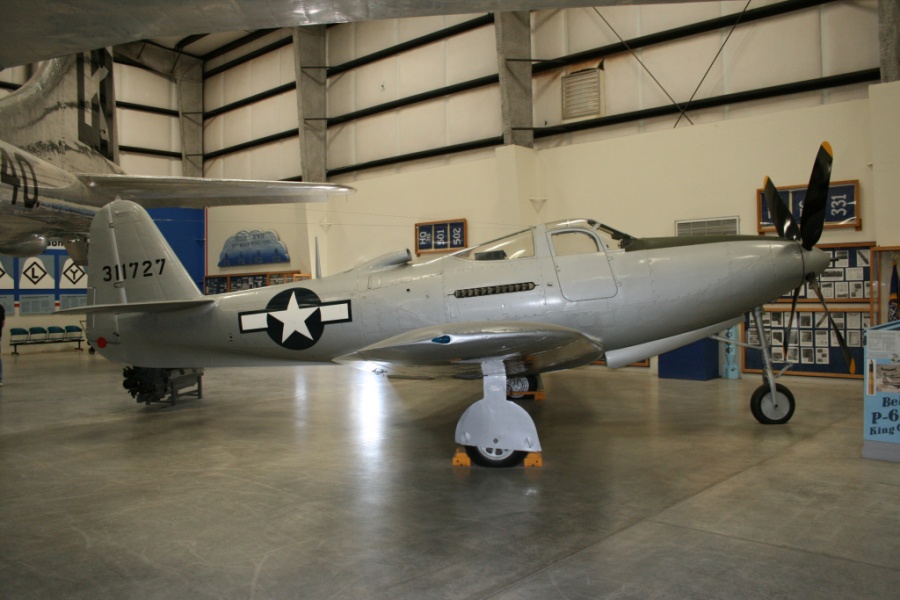
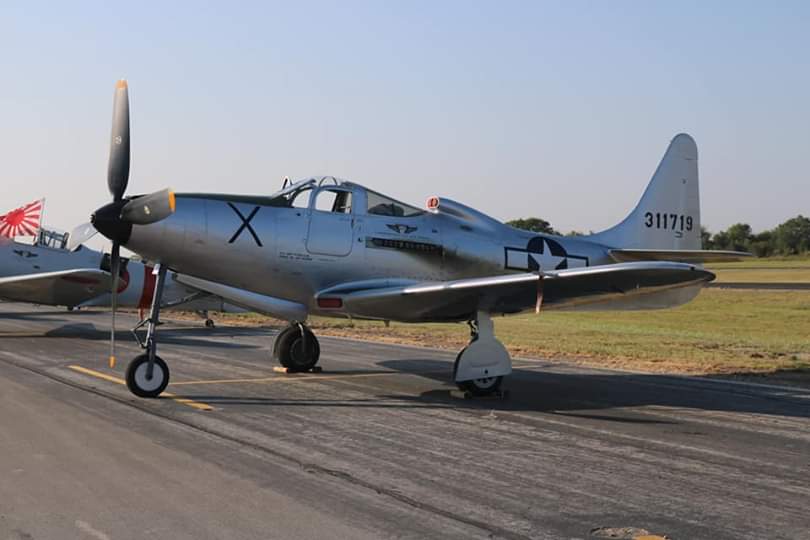
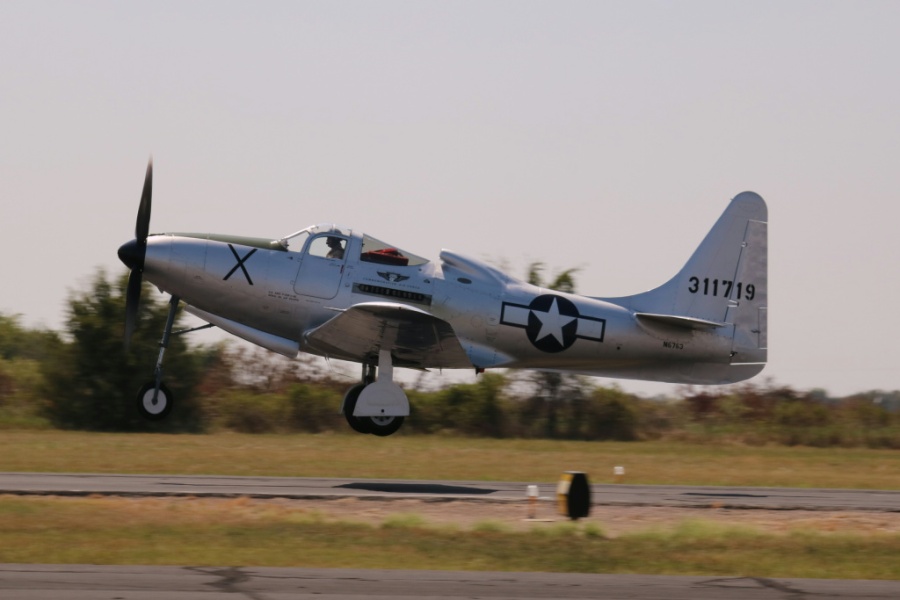

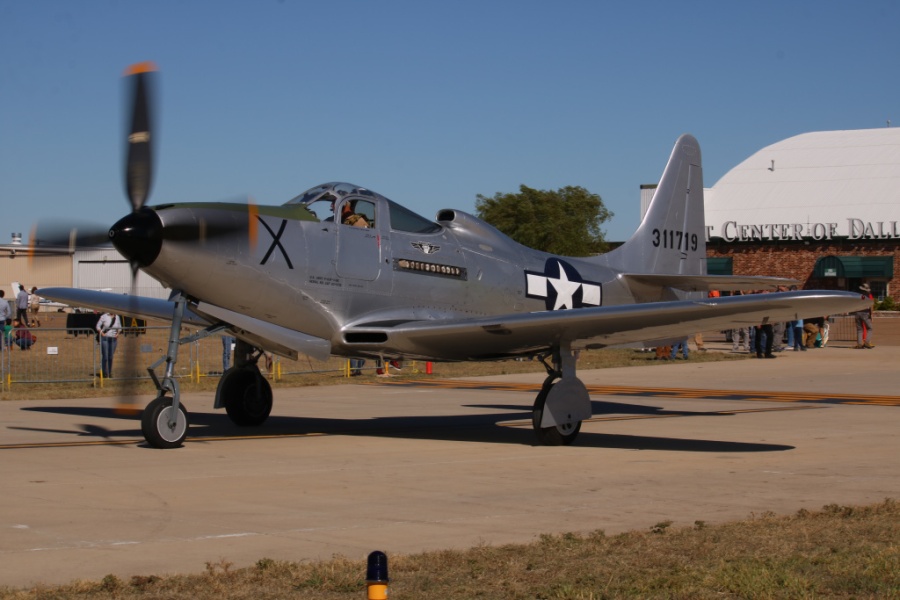
References
Air & Space Magazine – Just Shoot Me
Bell Aircraft – P-63 Kingcobra
Joe Baugher – Bell P-63 Kingcobra
National Museum of the US Air Force – Bell P-63E Kingcobra
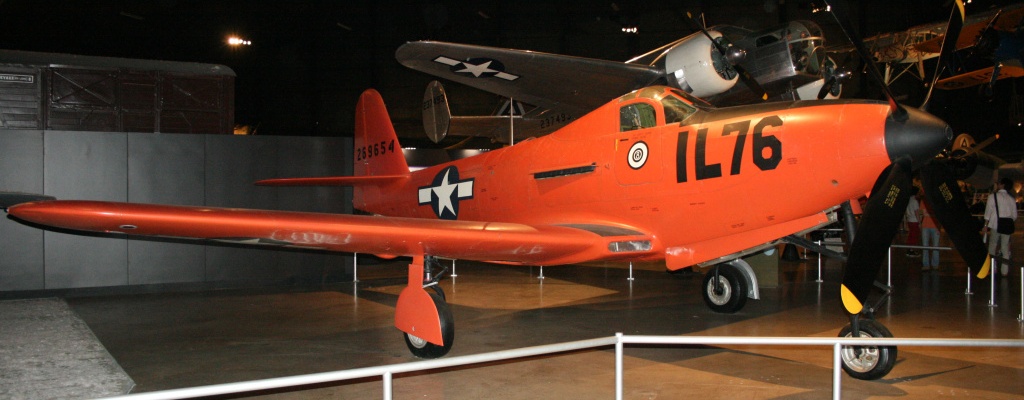
Great post as always! I guess the P-63 was always the ‘forgotten big brother’ of the P-39, in a sense. What always gets me about both that and the P-39 is the ‘car door’ cockpit access. Very odd. (I once built a kit of a P-39 and finished it with the ‘door open’ option, which was a lot more trouble than it was really worth given the amount of detail I could get into the cockpit).
LikeLiked by 1 person
Thanks Matthew. The car door is so unique and so unusual for sure!
LikeLiked by 1 person
I never understood wy,the soviets were given these Aircrafts.
LikeLike
Lend Lease – American industry supplied vast amounts of weapons and equipment to Allied nations to win the war
LikeLike
The Soviets received the P-39 and P-63 because the USAAF couldn’t use them in the European Theatre. The Allison engines were good performers at low and medium altitude, but didn’t have enough boost to perform well when escorting bombers at high altitude against Bf-109s and FW-190s. We wound up giving most of them to the Soviets, who liked the aircraft a lot. Most of their operations were at fairly low altitudes, and they liked the heavy armament.
LikeLike
It is surprising that there are so many of these left!
LikeLiked by 1 person
Agreed but so few in Russia!
LikeLiked by 1 person
We had a P-63 do an aerobatic routine at Thunder Over Michigan a few years back (Maybe the Legacy of Flight bird?)
Really a nice display, not too different from a Mustang in flight. Very fast and agile. I don’t believe it had the range, but otherwise would be considered “modern” in the later war years.
LikeLiked by 1 person
Yes they were relatively short ranged, especially when compared to the Mustang.
LikeLiked by 1 person
Great post, learned about flying Pinball target practice.
LikeLiked by 1 person
Can you imagine the fun those pilots had?
LikeLike
I really enjoyed that, and thank you for sharing it. It’s not an aircraft I knew much about and I’m happy to find out exactly what it was that the Soviets liked about the P-39 and the P-63.
LikeLiked by 1 person
Thanks. I would like to find out if the rumours are true that the Soviets used them on the Eastern Front against the Lend Lease terms?
LikeLike
How interesting! I must admit, I think it looks nicer in the air than it does on the ground.
LikeLiked by 1 person
Reminds of a lizard for some reason when on the ground!
LikeLiked by 1 person
I can see that!
LikeLiked by 1 person
[…] where it worked into 1958, when Bell donated it to the museum. This is an excellent P-63 site: https://acesflyinghigh.wordpress.com/2019/11/20/the-bell-p-63-kingcobra-all-hail-the-king/ Here’s the museum’s rare Japanese WWII Kawanishi N1K Shiden Kai fighter. Known to the allies as […]
LikeLike